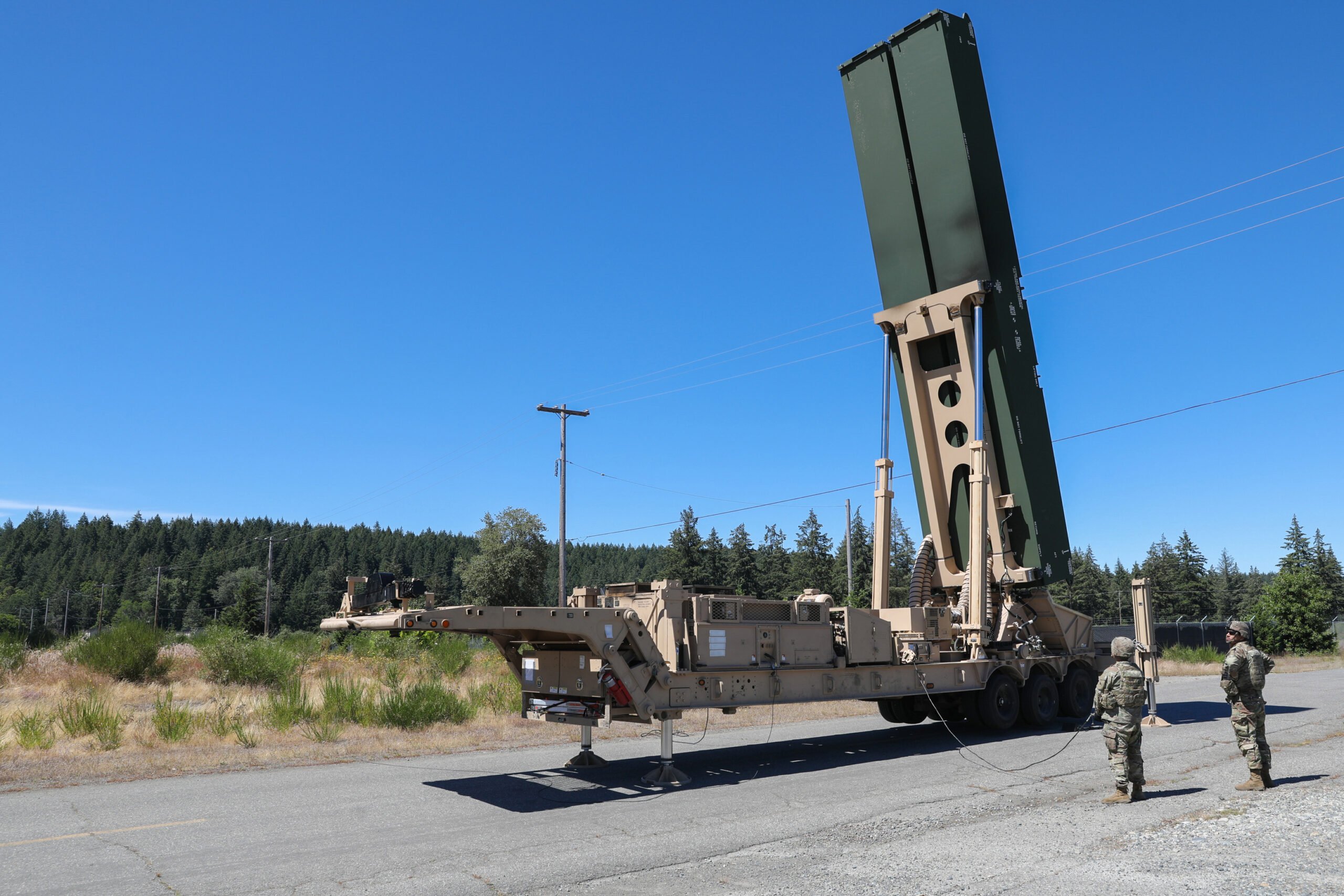With the United States still playing catch-up in the hypersonic race with Russia and China, the US Congress watchdog has flagged some key technological gaps in the US Army’s ‘Dark Eagle’ hypersonic program.
Even as the US Army’s first hypersonic weapon is reportedly nearing the completion of its final testing, the US Government Accountability Office (GAO) has suggested that programs developing hypersonic technology for the Army and other branches could gain from industry best practices.
While commending the US Army for incorporating feedback into the development of its Long-Range Hypersonic Weapon (LRHW), the GAO cautioned that the Army could use more digital engineering to accelerate deployment and reduce expenses.
In the latest update, reporters were informed by Under Secretary of the Army, Gabe Camarillo, that LRHW, a joint project with the US Navy’s Conventional Prompt Strike (CPS) hypersonic program, was scheduled for fielding, Janes reported. “We look forward to its eventual fielding,” Camarillo stated on August 8 at the Emerging Technologies Institute conference of the National Defense Industrial Association (NDIA). “It is a critical part of us fielding our multidomain task forces in the future.”
This development comes weeks after a July 2024 GAO report claimed that digital engineering was underutilized by the services as a whole, which could affect schedules and costs. For instance, the army informed the GAO that it did not intend to employ digital twin technologies.
A GAO report titled “Hypersonic Weapons: DoD Could Reduce Cost and Schedule by Following Leading Practices,” released on July 29, found that although hypersonic weapons could represent the future of technology, at least four of the six current development programs at the Pentagon were not fully utilizing modern and advanced technical methodologies.
“Years of effort and billions of dollars spent on hypersonic weapon development have yielded considerable progress, but DoD has yet to field its first operational hypersonic weapon system. Yet even fielding these prototypes will not ensure an effective or affordable capability,” GAO stated.
The report flagged that four of the six programs were not using modern development methods, such as digital twins and digital engineering.
A digital twin is a virtual model replicating a computer system’s setup, functionality, and behavior. According to GAO, this virtual model can be upgraded when new features are added. It went on to say that this and other digital engineering methods save money and time.
Even though China and Russia have several hypersonic weapons, technological obstacles prevent the US from realizing its objective of possessing hypersonic weapons.
For instance, the US Air Force (USAF) had to officially cancel the AGM-183A Air-launched Rapid Response Weapon (ARRW) program after a spate of unsuccessful tests. The USAF has placed significant emphasis on developing the Hypersonic Attack Cruise Missile (HACM), yet the weapon is far from deployment.
Nonetheless, the LRHW has become a poster child of the US hypersonic program. In June, a U.S. Army unit assigned to the Indo-Pacific region and trained to combat anti-access area denial networks launched its first hypersonic missiles during a Navy-hosted exercise.

On June 25 and 27, the Bravo Battery of the unit’s Long-Range Fires Battalion showcased their ability to integrate and enhance the kill chain using the Dark Eagle or the Long-Range Hypersonic Weapon.
Moreover, the US Army awarded Lockheed Martin a $756 million contract to enhance the capabilities of the LRHW, the country’s ground-based hypersonic weapon system.

